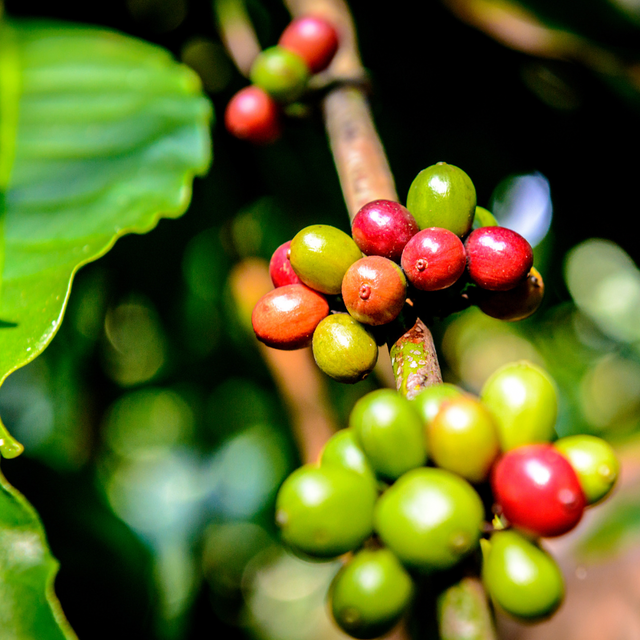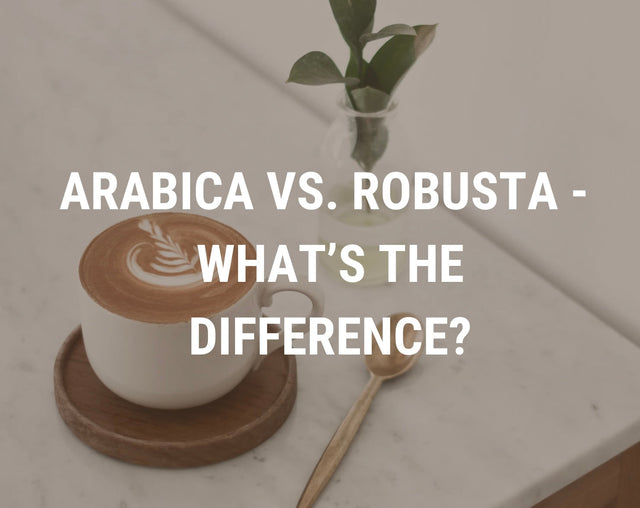
When you brew your morning cup, have you ever thought about how those beans were processed before they were roasted and packed with flavour? At The Flat Cap Coffee Roasting Company, we believe in transparency and connection — and understanding the journey of your coffee is a big part of that.
Arabica coffee, known for its complex and delicate flavour profile, can taste wildly different depending on how it’s processed after harvest. Let’s take a look at the three main processing methods you’ll often see on your coffee bag: Washed, Natural, and Honey.

1. Washed Process (aka Fully Washed)
What it is:
The washed process involves removing all the fruit from the coffee bean (which is actually a seed) before drying it. After picking, the cherries are de-pulped and then fermented in water to break down any remaining mucilage. After that, the beans are washed clean and dried.
Flavour profile:
Expect bright, clean flavours with more emphasis on acidity and origin characteristics. You’ll often find nutty, chocolate, floral, citrus, or tea-like notes in washed coffees — a large majority of our coffees are washed.
Why we love it:
Washed coffees let the terroir shine. It’s all about clarity and precision — perfect for those who enjoy a crisp, refined brew.

2. Natural Process (aka Dry Process)
What it is:
This is the oldest method and one of the most hands-off. The coffee cherry is dried whole, with the seed still inside the fruit. It’s then hulled to remove the dried outer layers.
Flavour profile:
Natural process coffees tend to be fruity, bold, and complex — often with berry notes, heavier body, and a touch of fermented sweetness. Great for those who love a punchy cup. Our Brazilian coffee is a great example of a naturally processed coffee.
Why we love it:
It’s unpredictable in the best way. Naturals can be wild and juicy — a true sensory experience. We love using this process for standout single origins.

3. Honey Process (aka Pulped Natural)
What it is:
Think of it as the middle ground between washed and natural. The skin is removed, but some of the sticky fruit (mucilage) is left on during drying. The amount left can vary — leading to terms like Yellow, Red, or Black Honey depending on how much mucilage remains.
Flavour profile:
Balanced sweetness and acidity, often with a silky mouthfeel. Expect caramel, stone fruit, and sometimes tropical notes. It’s a bit cleaner than naturals but with more body than washed coffees. Try our Nicaraguan coffee for a great example of honey processing.
Why we love it:
Honey process coffees are beautifully versatile. They offer complexity without overpowering — a real crowd-pleaser.

Final Sip
The processing method has a huge impact on how your coffee tastes. At The Flat Cap Coffee Roasting Company, we love showcasing a range of these methods so you can explore how each one tells a different story — from bean to brew.
Next time you’re sipping your flat white or enjoying a slow French Press, take a moment to think about the journey those beans have taken. It’s not just coffee — it’s craft, care, and connection in every cup.
More stories

Coffee Prices

